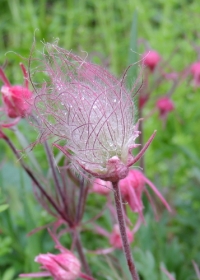In the past, there hasn't been a forum to share our nature and phenological observations with our volunteers and members. Thanks to some great tools on the web, like eBird and iNaturalist, we have started amassing amazing photography and quality data!
iNaturalist.org is a website and forum to record what you see in nature and share it with others, all while contributing to a large scale community science project. It's essentially a highly interactive database that allows you to visualize data about the natural world. Just like you would with Facebook or Twitter, you need to create a profile to start fully using the website. I created an account under areis (aka EcoMapper). One of the Center's long-time Environmental Educators and phenological enthusiast, Matt Flower, also has a profile to submit his observations. We submit our wildlife and vegetation records to the Urban Ecology Center Phenology project on iNaturalist. Matt's submitted over 100 observations already since April 1st.
Interested in participating? Great! Here's what you do:
1. Sign up for a profile on iNaturalist. You can use already existing accounts like Facebook, Twitter, Flickr, Google, Yahoo or Sound Cloud. Or create an entirely separate account. Enter your name, add a picture of yourself, and a little bio if you want.
2. Find the Urban Ecology Center Phenology project and click "Join this Project" in the upper right corner of your screen (just above 'add observations'). Click on "Yes, I want to join" on the next screen. We do have one rule for all observations: they must be associated with an on-the-ground location.
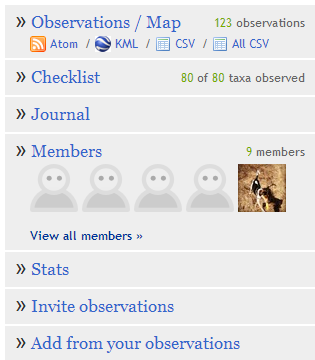 3. You'll be taken back to our project page. From here you can:
3. You'll be taken back to our project page. From here you can:
- view a map of all of the observations [Observations/Map] or download the data,
- take a look at the checklist of organisms found in our parks [Checklist] download the data,
- create a journal entry about your observations or other topic [Journal]
- see who else contributes to the project [Members],
- investigate some statistics about members and observation submissions [Stats], and/or
- submit some of your own observations [Add from your observations].
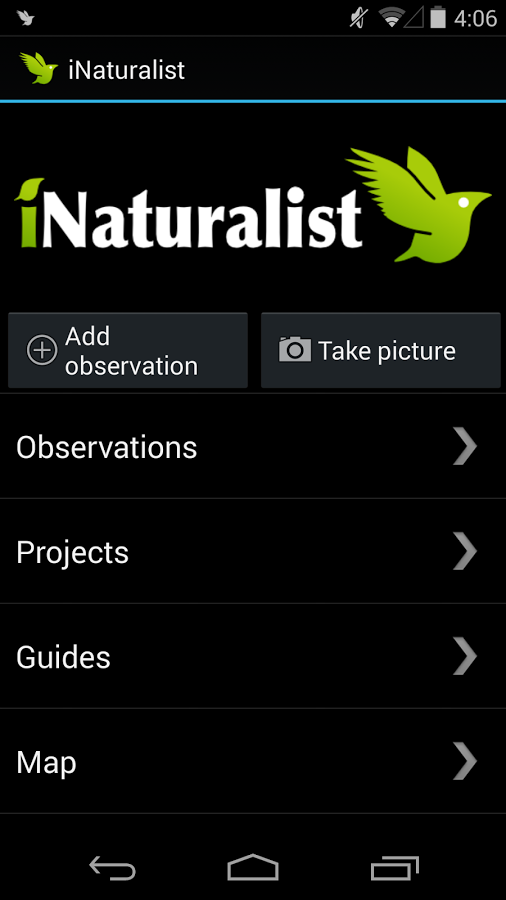 There are a couple of different ways to submit observations:
There are a couple of different ways to submit observations:
1) Download the iNaturalist app to your phone or other android or apple mobile device for free. Sign into the app using the same account as above and start by adding an observations.You will need to sync your observations from your mobile device to see your observations on the the web. You'll do that under the Observations list using the menu button on your mobile device (you may need to be on wifi). Once you've synced your observations, it's removed from your list off observations on the mobile app, but you can see it on the web application.
OR
2) Upload images via the web desktop interface. Click on the red Add Observations hyperlink.

Add an organism in the 'What did you see' field. Once you've typed in some semblance of a name, click on 'Lookup', which will provide you with a list of possible species names. Choose among them or click on 'ID please'. The community at large helps to identify unknown observations. Add the date for 'When did you see it', add a description, a few tags, and then type in a location for 'Where were you'. Type in Riverside Park, Milwaukee, WI (or Washington Park or Three Bridges Park) and then zoom in and move the pin to the correct location if you remember exactly where you were located when you saw the observation. You can add photos or sounds under 'Add media' or link your Flickr, Picasa or Facebook accounts to access images. Once you've submitted all information, save the observation.
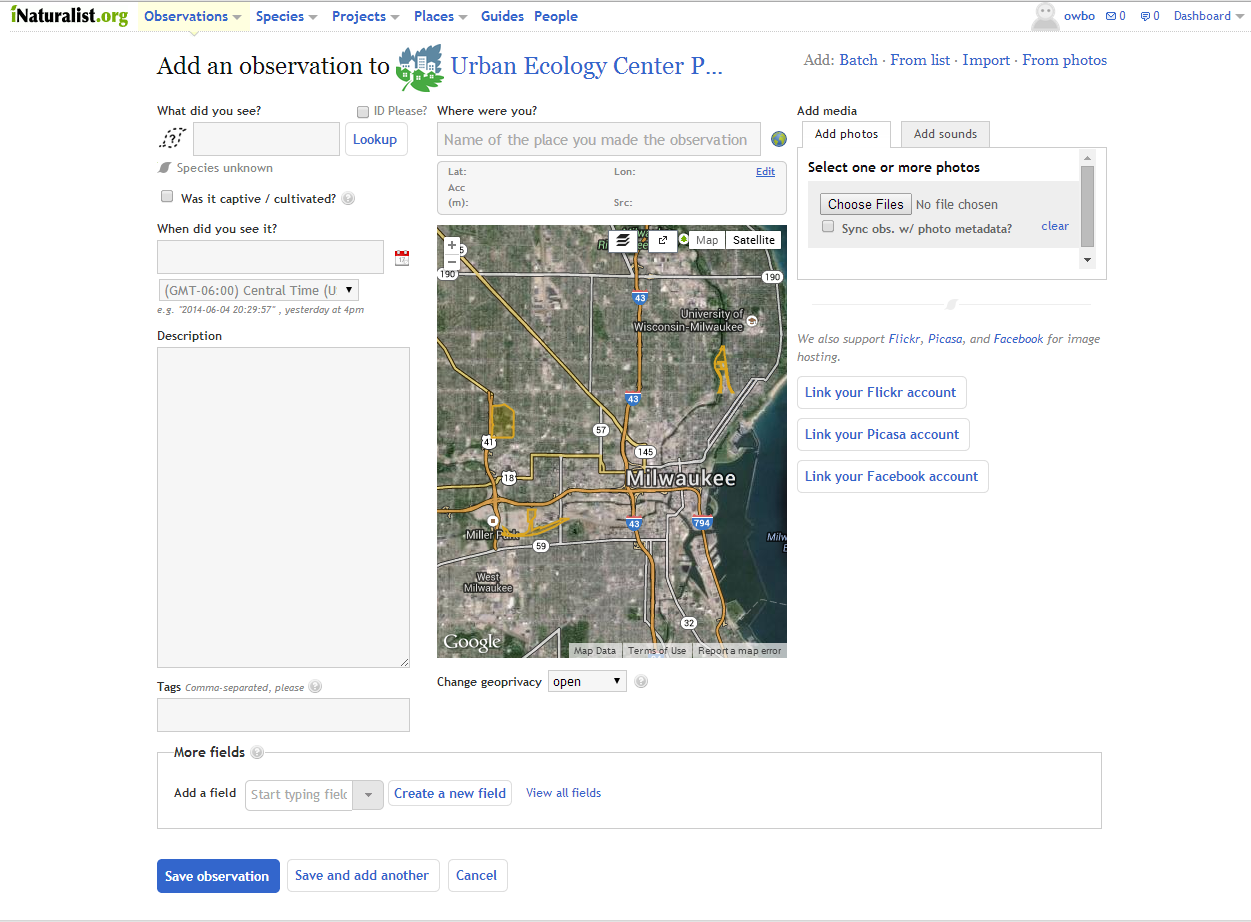
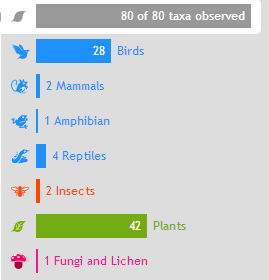
All of this data can be used to create checklists of the organisms in our parks, track arrival and departure times for bird species during migration or see when the first spring ephemerals start blooming. We currently have 80 species in our checklist. See the breakdown by organism at the right.
Come to our workshop!
Want more help getting started? We are having a workshop on June 24th at 6:00pm to help you set up an account and introduce you to our iNaturalist project! We'll spend some time outdoors and then come inside to submit our nature observations! Contact Anne at This email address is being protected from spambots. You need JavaScript enabled to view it. for more information or to RSVP.


